Keeping your pantry organized and regularly checking its contents is essential for a safe and healthy kitchen. Many items that appear perfectly fine may have already gone bad, potentially affecting the flavor of your meals or posing health risks. Spoiled food can occur due to long storage, exposure to moisture, heat, or simply being past the expiration date. Pantry staples that are improperly stored are especially prone to spoilage. Identifying these items can prevent foodborne illnesses and save money by avoiding wasted ingredients. Some foods lose potency or flavor over time, while others can grow mold, attract pests, or develop off smells and tastes. By being proactive, you can ensure that your pantry remains a reliable source of fresh ingredients. Here are ten common pantry items that may already be spoiled and tips for keeping them fresh and safe.
1. Flour
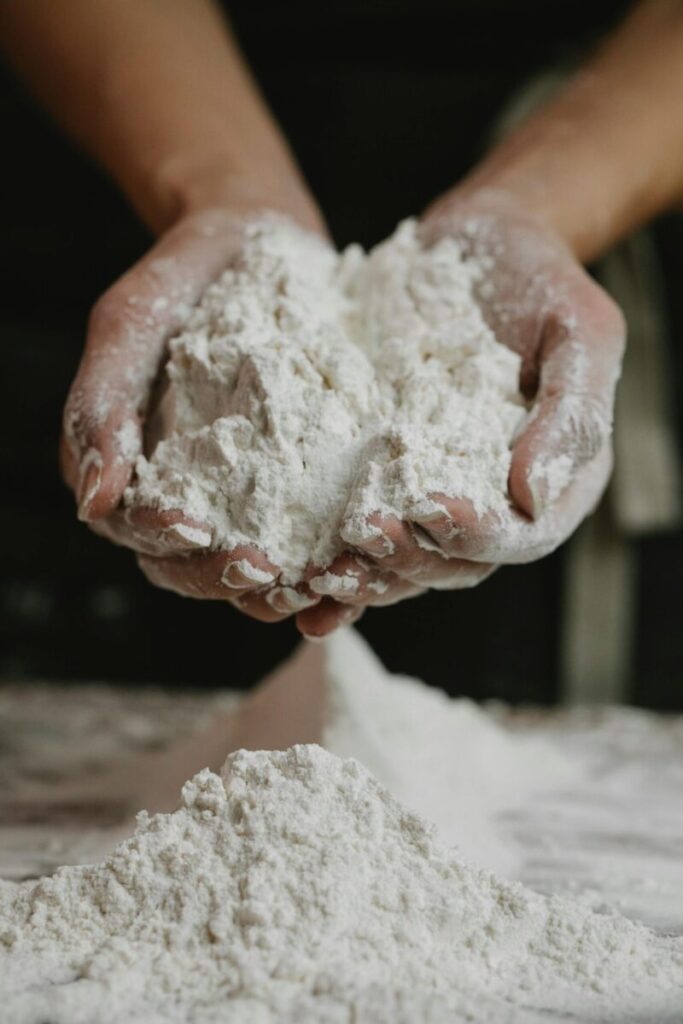
Flour is a versatile pantry staple that can easily go bad if not stored properly. Whole-grain and nut flours are particularly prone to rancidity because of their higher oil content. Old flour can develop an unpleasant odor, a stale taste, or clumps, which indicate spoilage. Flour may also attract pantry pests like weevils if exposed to air or moisture. To extend shelf life, store flour in airtight containers in a cool, dry place or in the refrigerator. Regularly inspect your flour before use. Using spoiled flour can negatively affect the texture and flavor of baked goods and may pose health risks if consumed. Keeping it properly sealed ensures freshness for months.
2. Rice

Rice is a common pantry staple, but improper storage can lead to spoilage. White rice lasts longer than brown rice, which contains oils that can turn rancid over time. Signs of spoiled rice include an unusual odor, discoloration, clumping, or the presence of insects. Storing rice in airtight containers in a cool, dry place can prevent spoilage. Checking your rice periodically ensures it remains safe for consumption. Consuming spoiled rice can negatively affect the taste of your meals and may lead to digestive issues. Proper storage and inspection of rice will maintain its quality and prevent waste. Long-term storage in sealed containers is essential for maintaining freshness.
3. Pasta
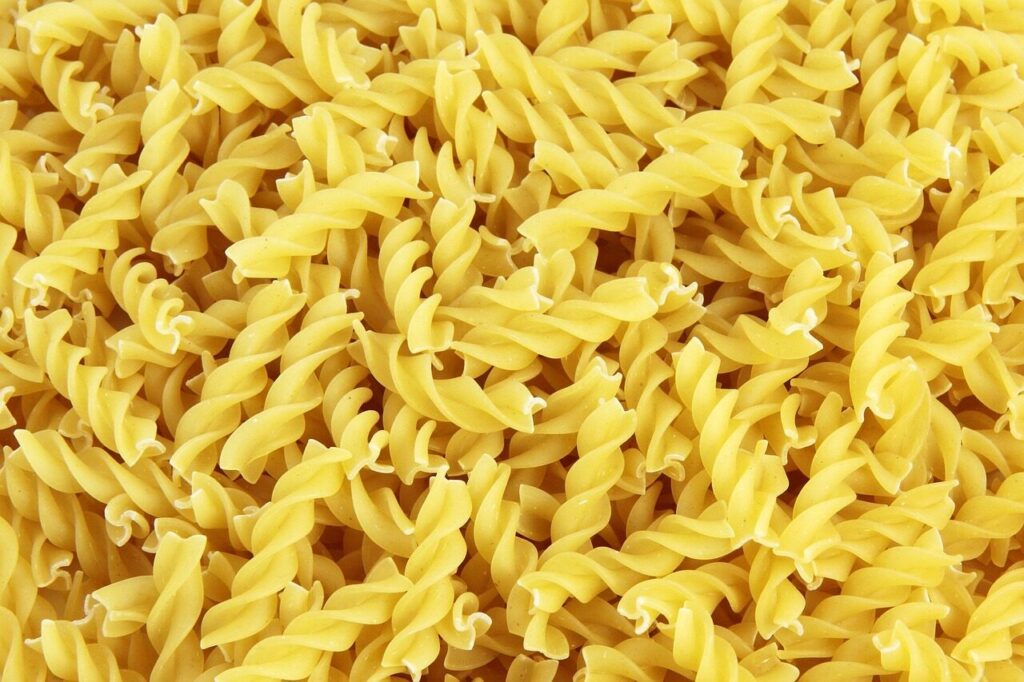
Pasta is often overlooked when it comes to spoilage; even dry varieties can go bad if exposed to moisture. Moisture can lead to mold growth or a sticky texture, while fresh pasta has a much shorter shelf life and must be refrigerated or frozen. Spoiled pasta may emit a sour or musty smell, show discoloration, or have visible mold. Always check expiration dates and inspect packaging for damage or moisture. Storing pasta in sealed containers in a cool, dry area can help preserve freshness. Properly stored pasta maintains texture, flavor, and safety, preventing ruined dishes and reducing food waste. This simple step protects your meals.
4. Canned Goods
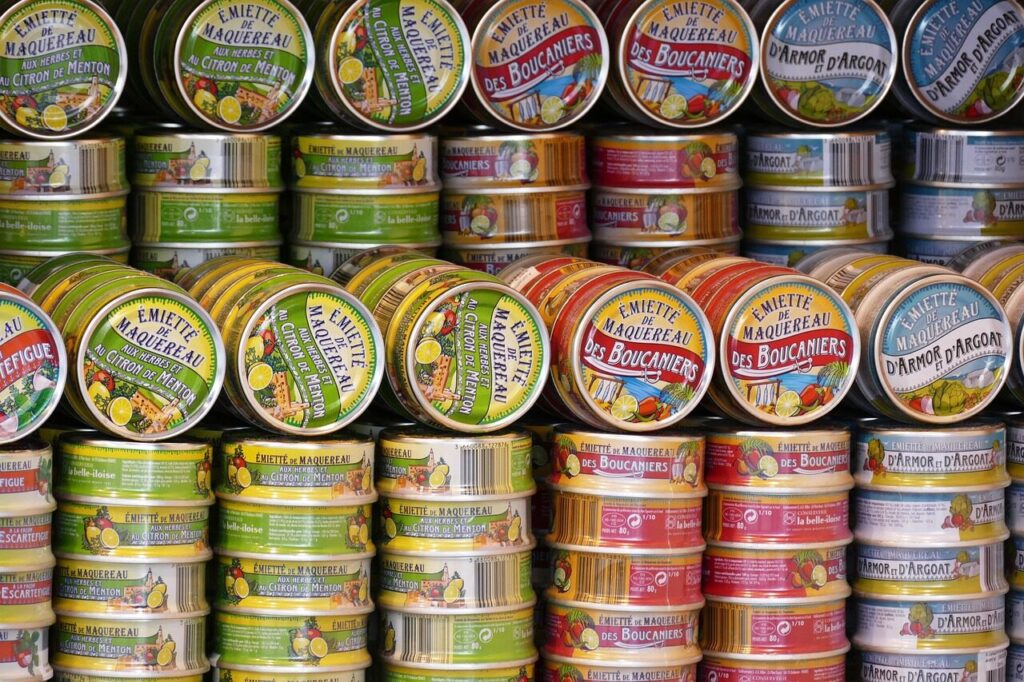
Canned foods are convenient but can spoil if the can is damaged or bulging. Rust, dents, or leaks compromise the seal and allow bacteria to grow inside. Expired cans may contain foods that have changed in taste, color, or smell. Rotating canned items by using older products first helps prevent spoilage. Always inspect cans before opening and discard any showing signs of damage or contamination. Consuming spoiled canned foods can lead to serious illness. Proper storage in a cool, dry area, away from heat and sunlight, extends shelf life and keeps the food safe. Careful attention ensures convenience without risking health.
5. Cooking Oils
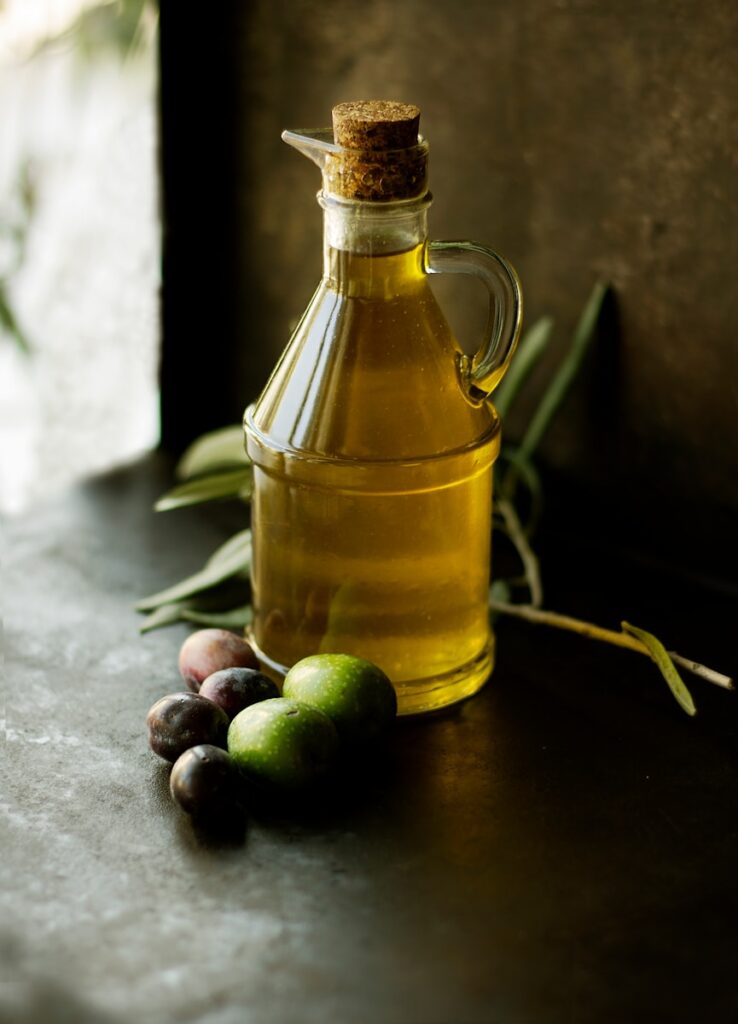
Cooking oils are prone to spoilage, especially when exposed to heat, air, or light. Olive oil, nut oils, and other specialty oils can develop a rancid, bitter odor over time. Rancid oil negatively affects the flavor of your dishes and may pose health risks. To prolong shelf life, store oils in dark, cool places and keep the container tightly sealed when not in use. Regularly inspect oils for color changes, off smells, or unusual textures. Discard any oils showing signs of spoilage. Proper storage preserves flavor, quality, and nutritional benefits. Regularly rotating and monitoring oils ensures your meals remain safe and delicious.
6. Nut Butters
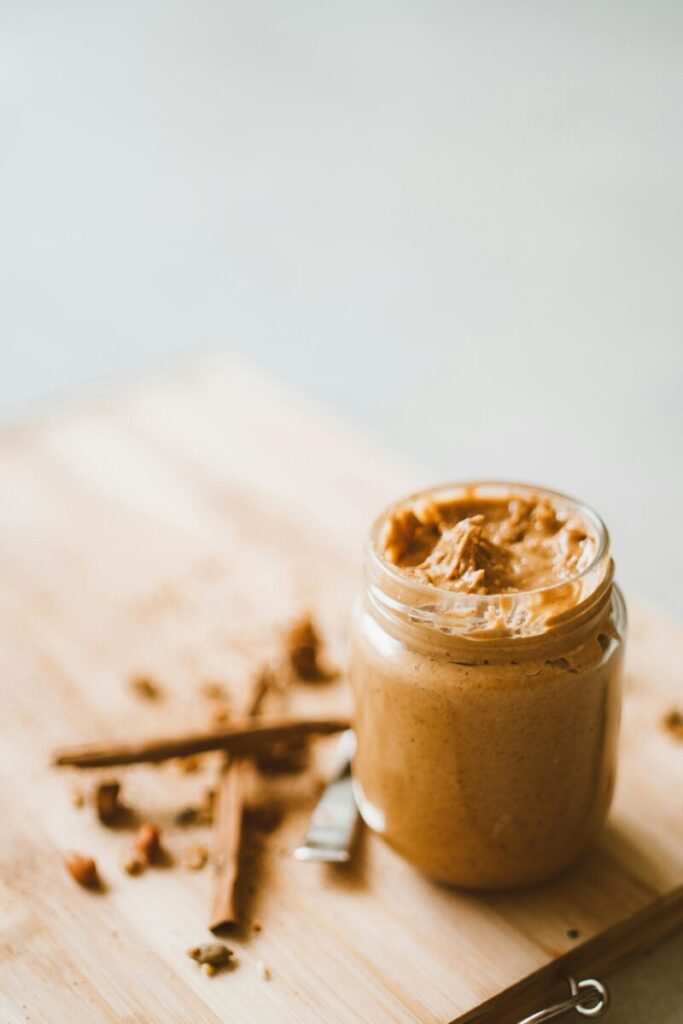
Nut butters such as peanut or almond butter can spoil due to their high fat content. Oils may separate, and the product can develop a sour smell or off taste. Natural or homemade nut butters without preservatives are especially prone to spoilage. Storing nut butters in airtight containers in the refrigerator helps extend their shelf life. Mold growth, strange odors, or unusual textures indicate it is time to discard them. Consuming spoiled nut butter can cause digestive discomfort and ruin recipes. Regularly checking your jars ensures they remain fresh. Proper storage practices preserve flavor, texture, and nutritional value, keeping them safe to enjoy in everyday meals.
7. Spices

Spices may lose flavor or spoil when exposed to heat, light, or moisture. Ground spices degrade faster than whole spices and can develop a musty smell, clumping, or color changes. Using old or spoiled spices results in bland dishes and affects overall cooking quality. To extend shelf life, store spices in airtight containers in a cool, dark place. Inspect spices regularly for unusual smells or textures. Replacing stale spices ensures your meals retain optimal flavor and aroma. Proper storage maintains both safety and taste. Investing in fresh spices enhances every recipe while avoiding any negative impact on meals caused by spoiled seasonings.
8. Dried Beans
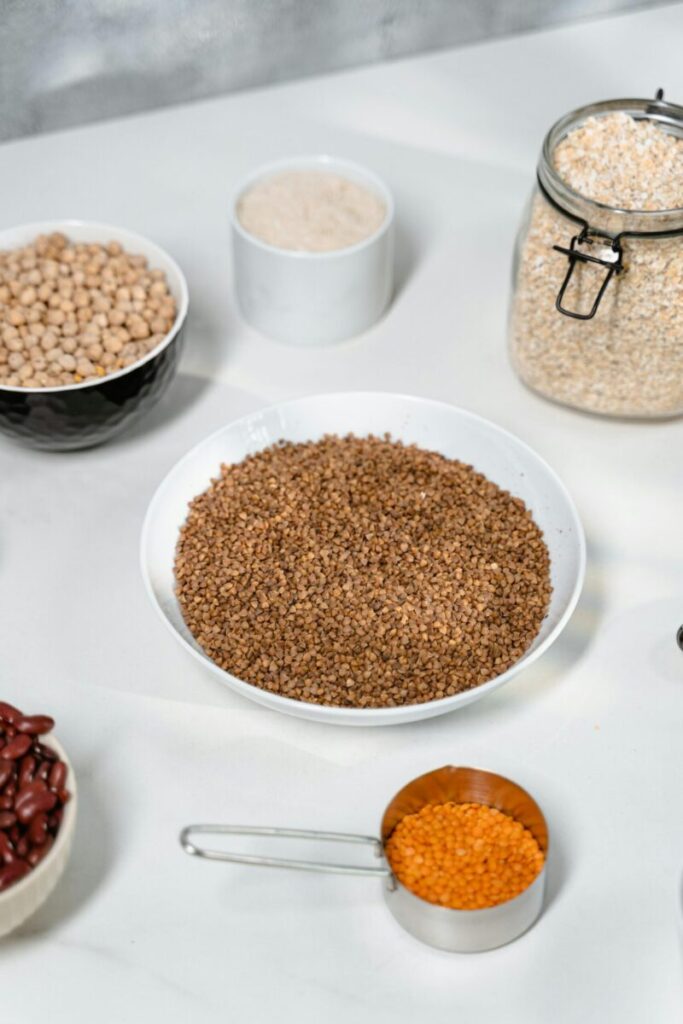
Dried beans are nutritious pantry staples, but they can spoil if exposed to moisture or pests. Signs of spoilage include mold, discoloration, unusual odors, or insect infestations. Old beans may take longer to cook and fail to soften properly. Storing beans in airtight containers in a cool, dry area prevents spoilage. Regularly inspecting beans ensures they remain safe and of high quality. Consuming spoiled beans affects taste and may cause digestive issues. Proper storage preserves their nutritional value and usability. Keeping beans fresh through airtight storage and regular inspection prevents waste and maintains reliable ingredients for healthy and tasty meals.
9. Baking Powder and Baking Soda
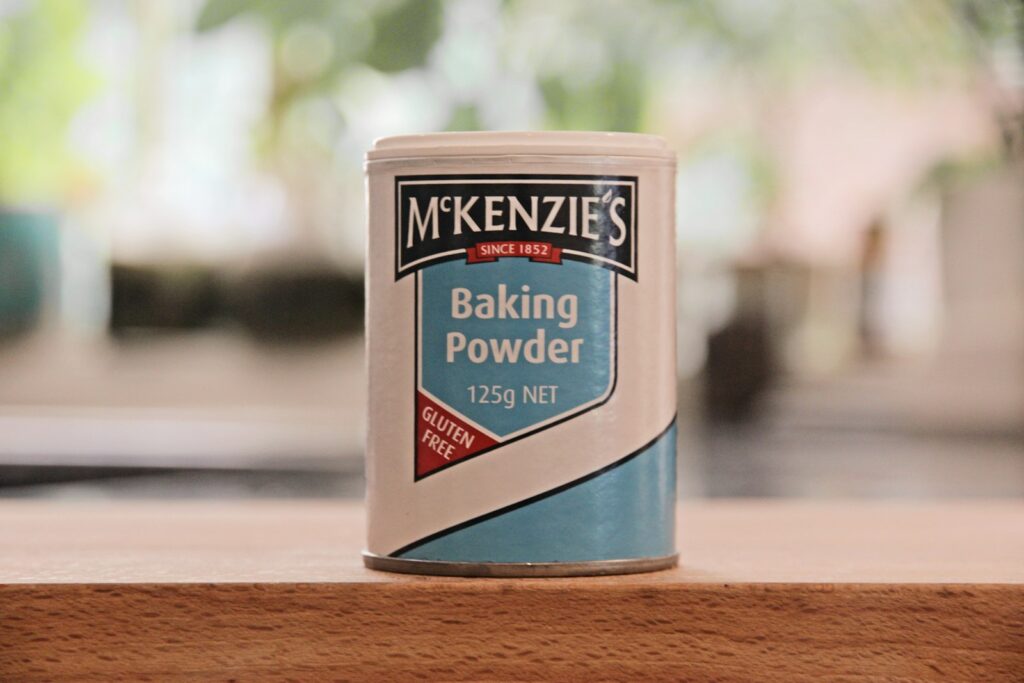
Baking powder and baking soda are essential leavening agents, but they can lose effectiveness over time. Expired products may prevent baked goods from rising properly, resulting in dense or uneven textures. Baking powder may also develop a metallic or off taste when spoiled. To test effectiveness, combine baking soda with vinegar or baking powder with water to check for fizzing. Store these items in airtight containers away from moisture and heat. Checking expiration dates ensures consistent results in baking. Proper storage preserves quality and avoids failed recipes. Fresh leavening agents guarantee texture, flavor, and safety in every baked creation.
10. Honey

Honey is naturally resistant to spoilage due to its high sugar content, but it can crystallize or ferment if contaminated with moisture. Crystallized honey remains safe to consume and can be restored by gentle warming. Fermented honey develops a sour taste and bubbles, indicating it should be discarded. Store honey in tightly sealed containers at room temperature away from sunlight and heat. Proper storage preserves its flavor, texture, and natural benefits. While spoilage is rare, moisture contamination increases the risk. Monitoring your honey ensures it remains a delicious and safe sweetener. Regular checks prevent unexpected fermentation or flavor changes.
Comments